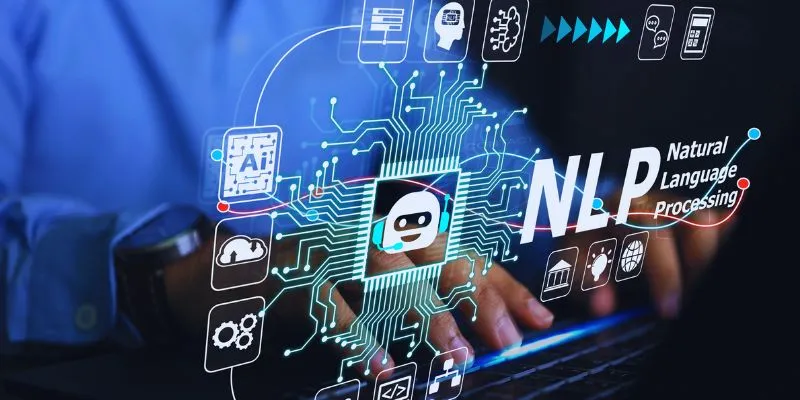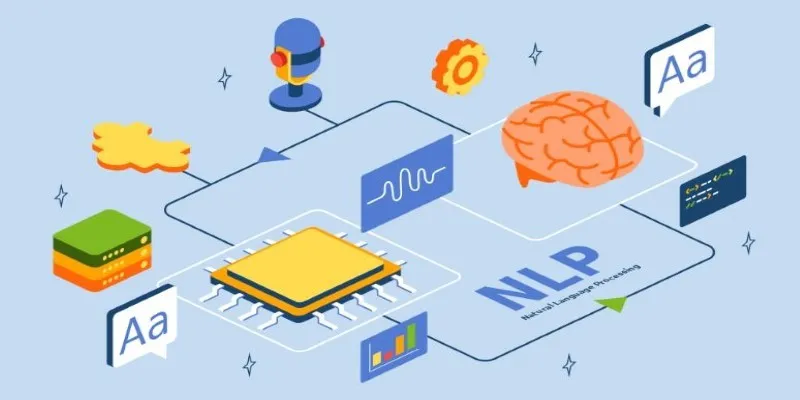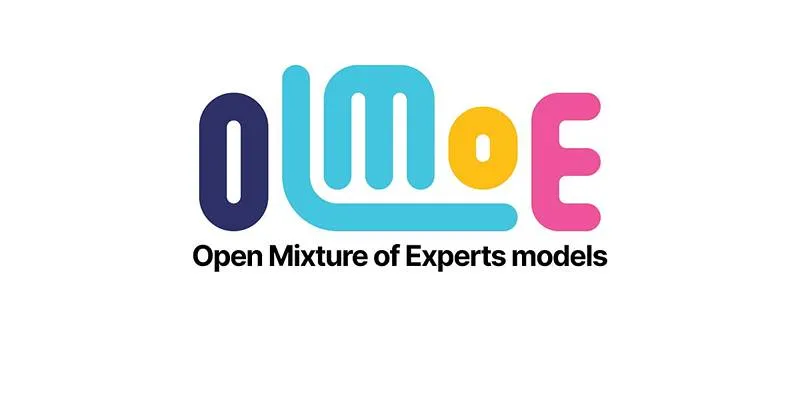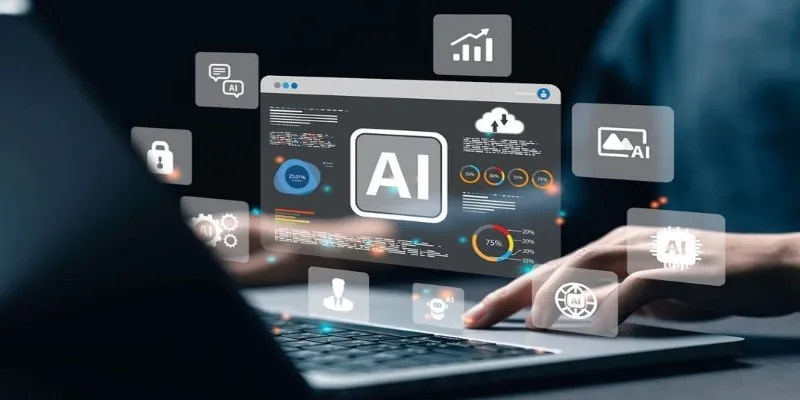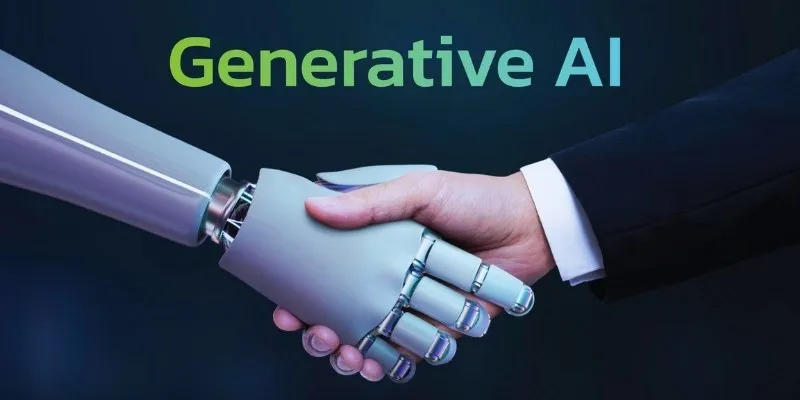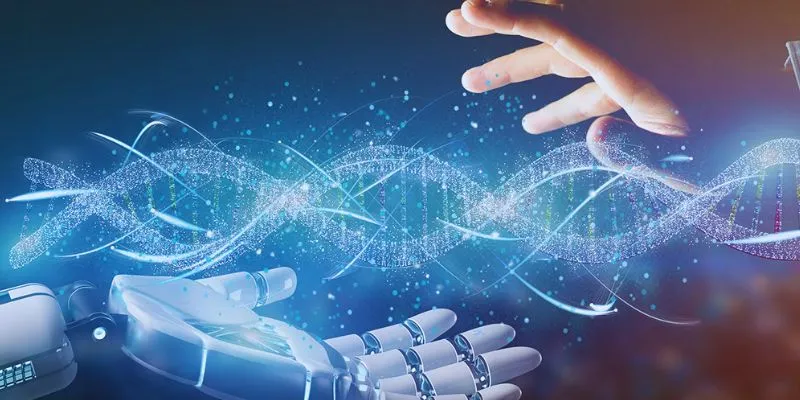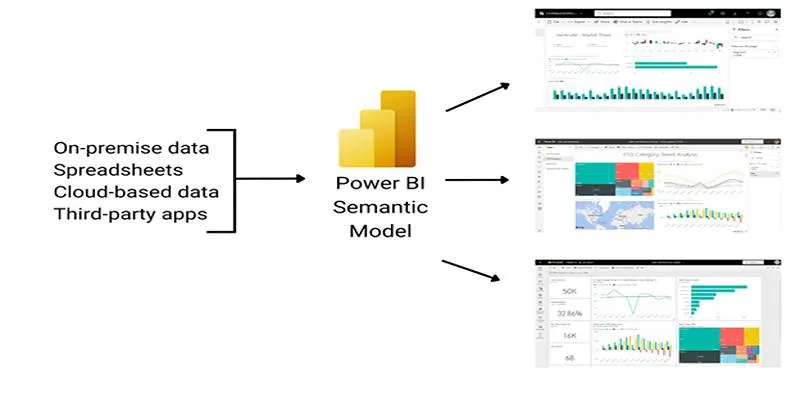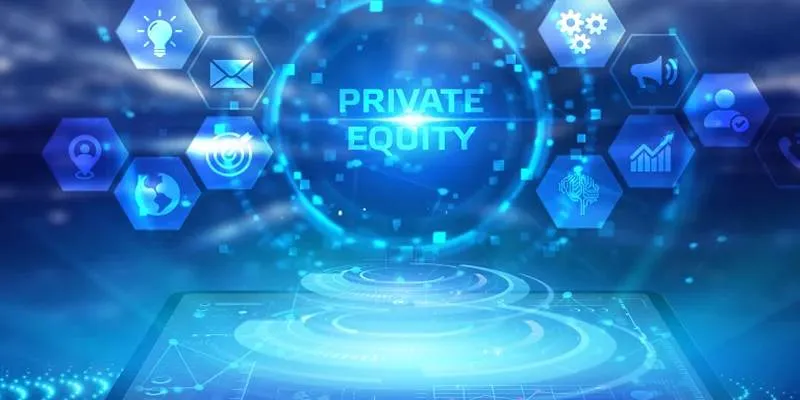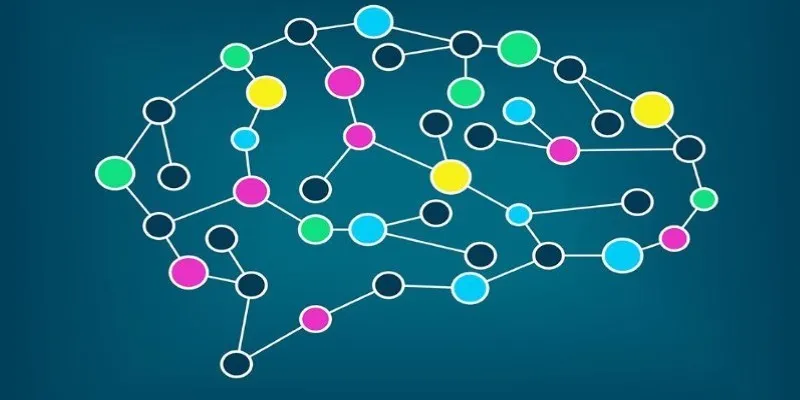Language shapes our understanding and communication of experiences, yet teaching computers to grasp human speech is complex. This challenge is where Natural Language Processing (NLP) excels—a branch of artificial intelligence that empowers machines to interpret, understand, and generate language like humans. From smartphone autocomplete to chatbots, NLP transforms everyday tasks through advanced language recognition.
At its core, NLP combines computer science, linguistics, and machine learning. It is becoming increasingly crucial as voice assistants and translation devices become ubiquitous. Learning the basics of NLP starts with understanding what it is, how it processes language, and the main methods that make it effective.
What Exactly Is Natural Language Processing?
Natural Language Processing involves teaching computers to understand text and speech in a useful way. Here, “understanding” implies detecting patterns, extracting meaning, and making rational choices based on language data.
Language is inherently messy. Humans often spell words incorrectly, use slang, and speak indirectly. NLP deals with this complexity. Instead of rule-based interpretation, NLP uses statistical models and machine learning to make informed guesses about text or speech. These models learn from vast datasets, such as emails, tweets, and articles, to understand how language is used in real life.
One of the earliest applications of NLP is spam filtering, which marks emails with certain phrases as spam. Today, its uses are far more diverse, including voice commands like Siri, translation services, and sentiment analysis on social media. In healthcare, NLP helps extract symptoms and diagnoses from doctors’ notes, enhancing both efficiency and decision-making.
Key Processes Behind NLP: From Raw Text to Meaning
Understanding how NLP works involves breaking it down into stages, mirroring human language processing: hearing or reading, breaking it into parts, interpreting each part, and then synthesizing the information.

The first step is tokenization, which splits a sentence into words or phrases called tokens. For example, “NLP is fascinating” becomes three tokens: “NLP,” “is,” and “fascinating.” This simplification helps the system examine each part individually.
Next is part-of-speech tagging, where the system labels each token with its grammatical role—noun, verb, adjective, etc. This helps understand the function of each word. For instance, “Bank” can mean a financial institution or the side of a river. POS tagging helps distinguish between such meanings.
Parsing then breaks down the grammatical structure of a sentence, identifying relationships between words. For example, in “The cat sat on the mat,” parsing reveals that the cat is the subject and the action is sitting.
Entity recognition (NER) is another crucial process. It enables the system to detect proper nouns like people’s names, organizations, and places. For instance, in “Elon Musk founded SpaceX,” the system should recognize “Elon Musk” as a person and “SpaceX” as a company.
Semantic analysis attempts to infer meaning. This process is complex because meaning heavily relies on context. For example, in “I saw the man with the telescope,” are you using a telescope to see the man, or is the man holding one? NLP models use probabilities and learned data patterns to determine the more likely scenario based on prior inputs.
The final step in some systems is generation—producing a sentence or response in natural language. Chatbots and virtual assistants rely on this process. It’s about producing sentences that are not only grammatically correct but also natural, relevant, and polite.
NLP Techniques That Power Today’s AI
Modern NLP techniques have evolved significantly from early systems that relied on predefined rules and dictionaries. Today, machine learning and deep learning are crucial in handling complex language processing tasks.
One simple technique is Bag-of-Words (BoW), where text is treated as a collection of words, ignoring grammar and word order. It’s useful for tasks like document classification and spam detection. The TF-IDF (Term Frequency- Inverse Document Frequency) method builds on BoW by emphasizing unique words, refining searches and content relevance.
A breakthrough in NLP came with word embeddings, such as Word2Vec and GloVe, which represent words in continuous vector spaces. This allows models to understand word relationships, such as recognizing the similarity between “king” and “queen.” More advanced models like BERT and GPT consider the context within a sentence or paragraph, making them effective for tasks like translation and summarization.
These techniques are applied in speech-to-text systems, language translation, and even image captioning. Choosing the right approach depends on factors like data type, language, and task complexity, as well as balancing accuracy and speed for optimal results.
The Growing Role of NLP in Everyday Life
NLP’s role extends beyond common applications like voice assistants and translation tools. In customer service, NLP automates replies, summarizes queries, and routes tickets, speeding up response times. In healthcare, it extracts insights from clinical notes, aiding quicker decision-making. In law, it assists in analyzing contracts and identifying key clauses.

Social media platforms use NLP to detect harmful content, such as hate speech, while online stores leverage it to personalize product recommendations. Even simple features like email autocomplete showcase NLP in action.
Emotion detection in NLP adds depth by analyzing both words and tone to identify sentiment or urgency. As text data grows, NLP helps manage information overload. However, challenges like language diversity, bias, and contextual understanding highlight the need for more human-like, fair, and adaptable language processing systems.
Conclusion
Natural Language Processing is transforming our interaction with technology, making machines smarter and more responsive to human language. Its applications are vast and growing, from customer service automation to healthcare and law. As NLP systems evolve, they’re becoming more context-aware and emotionally intelligent. However, challenges such as language diversity and bias need to be addressed. The future of NLP lies in creating systems that truly understand and engage with us meaningfully.
 zfn9
zfn9
